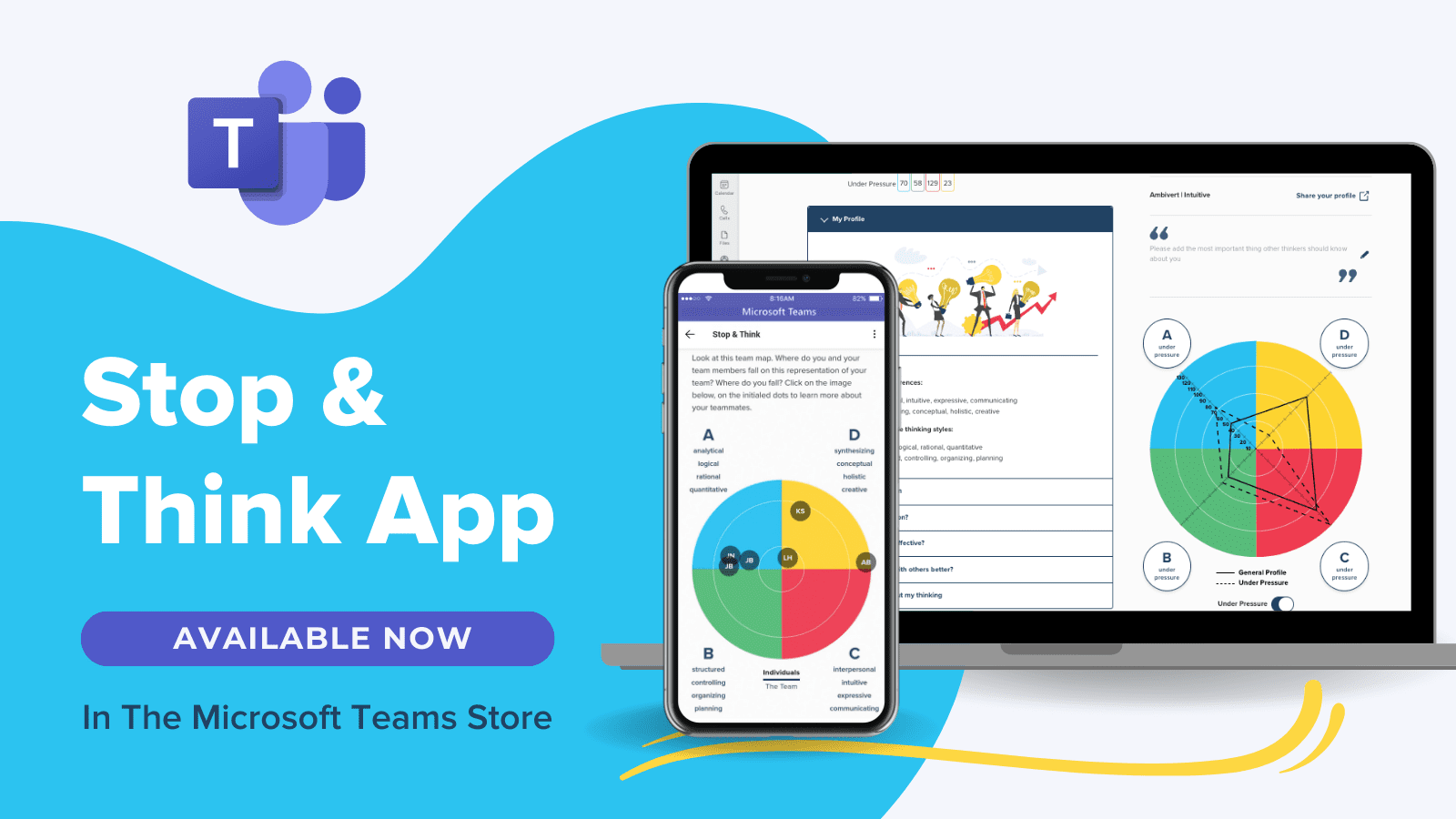Al Landers, Vice President at SBTI, is a Lean Sigma Black Belt, an HBDI® Certified Practitioner and a senior executive with over 35 years of experience. In this guest post, Al shares a story from a particularly memorable and thought-provoking training session.
I had just given the class a 15-minute break from the simulation and was walking to get a cup of coffee when I passed John, one of the Master Black Belt students who was talking the change management module. I casually asked him how he was doing. He startled me with his response.
“I need to get up and walk around. The words on my notebook page are swimming around and I can’t read. I’m actually starting to feel nauseous.
“Whoa, John,” I said. “We can stop here. We’ve had 3 rounds already, and I think we’ve gotten as much out of it as we can. Take your time!”
He got up and walked out of the room to take a much-needed break. I stood there for a few minutes thinking about what just happened.
I was teaching our Lean Sigma Master Black Belt Class. It’s an intense five-week program that includes advanced statistics with strong elements of leadership, presentation skills and change management. We were on day two of the change management module. I love teaching this portion of the class because the folks come away with tools and action lists that they can actually use to help their organizations.
I use the HBDI as a base for the sessions I teach. A month or so before the class they take the assessment. Then when we get together, I review the Whole Brain ® Model with them, show them each their own thinking preference profiles and use it in a simulation. It’s fun and helps drive home the utility of the HBDI, and it allows me plenty of coaching moments.
The objective of this simulation is to design a new product for a fictitious beverage company. Each participant takes on a specific role, and each of the roles are designed to match one of the four thinking preferences. I match up everyone up with a role that I think will give them the most learning and the greatest opportunity to stretch into the thinking modes they don’t naturally prefer to use.
This simulation included roles like “Pauline the Plant Manager” and “Sam the Salesperson,” the distracted guy who’s always on his phone, responds lightheartedly when questioned and isn’t sure why he needs to be on the team. His mantra is, just give me the product and I’ll sell it.
It class was a highly technical group, so as you would expect, they were stacked up pretty strong in the blue (A) and green (B) quadrants of the Whole Brain ® Model, which are associated with analytical and organizational thinking. This was especially true for John.
John was part of a large, complex manufacturing project that was several hundred million dollars in size. He played a major role in it and had amazing organizational skills. I was really impressed with him. We shared stories over dinner as we got to know each other, and he told me about how he was dyslexic—that under pressure, it would sometimes flair to the point where he couldn’t read. Fortunately, he said, it didn’t happen often any more. He’d learned to deal with it over the years.
Since the point of the exercise is to help people learn and stretch, I gave John a role that would require him to stretch to his red (C) interpersonal mode of thinking: Sam the Salesman.
Sign up to our newsletter for the latest insights
The Big Lesson: It Takes Work to Become A Whole Brain ® Thinker!
Whole Brain ® Thinking is a powerful skill that applies to so many of the things we do professionally and personally. And it’s possible for all of us, since we all have the capability to think in each of the four quadrants. But we all have our thinking preferences. They’ve been with us for a long time. One of the strengths of the HBDI Profile is that it helps you understand both your preferences and the areas that you may avoid. To think in a Whole Brained way, we not only have to recognize the kind of thinking that doesn’t come naturally to us, we have to work at using it.
My area of avoidance is the green (B-organized, detailed) quadrant. Several years ago my boss gave me an assignment that was as green as it gets. He made me pick up the assembly and reporting of the monthly process improvement reports from our plants.
“It will be good for your green,” he said.
Great, I thought. But I did it. And it was good for my green.
There are other things we can do to improve and build up comfort in our blind spot areas. For me, finding a nice day planner or using a bullet journal helps keep me organized. For other quadrants there are other tools: I like mind maps for helping people work on their yellow (D) quadrant thinking. It’s a non-linear approach to brainstorming that’s great for linear thinkers. Starting out a meeting with “Good and New” is a way to get everyone thinking red (C). Struggling with analytical thinking (blue/A)? Come up with a strategy to solve a thorny problem.
Don’t feel bad if you’re feeling uncomfortable working in a quadrant that’s not your thing. It’s hard! I didn’t fully appreciate how hard it was until I worked with John, aka Sam the Salesman. But take a page from John’s book and keep at it. The payoff will be worth it—again and again.
Want more success stories like this? Click below to check out our case studies!


.png)










